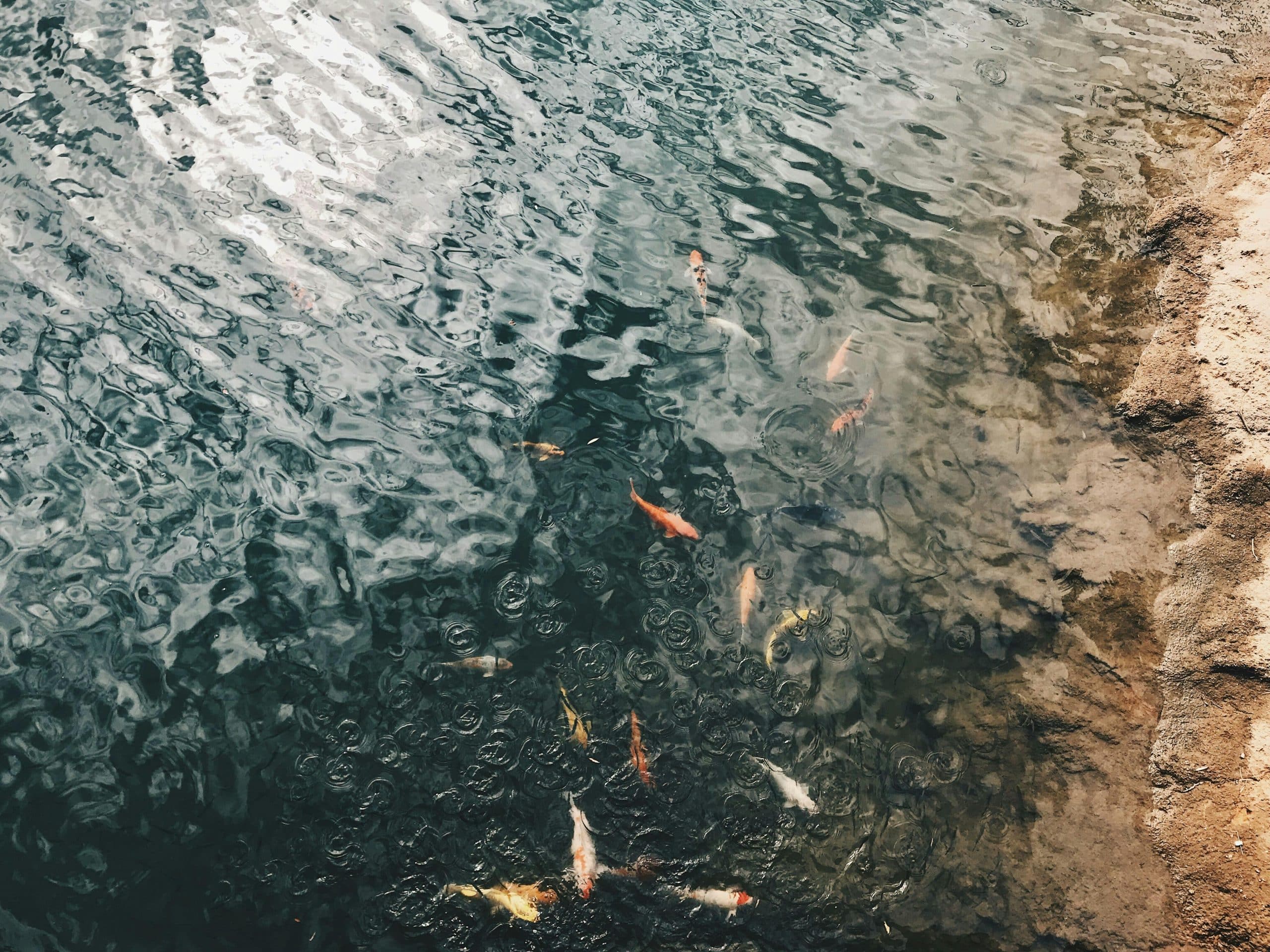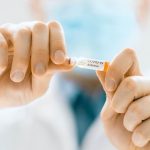Microplastics or mps have undoubtedly become a modern-day plague, invading not only our oceans but also freshwater environments. With their alarming prevalence, it’s crucial to understand the role they play in the United Kingdom’s freshwater ecosystems and their potential effects on environmental health. Since they are small plastic particles ranging in size, their surface characteristics make them easily ingestible by various organisms, having lasting repercussions on both aquatic life and human health.
Microplastics: A Brief Overview
Before diving into the crux of the matter, you need to understand what microplastics are. These are small particles of plastic less than 5mm in diameter, a size that makes them easily transportable by water currents. They originate from various sources, including larger plastic debris that has broken down, microbeads from personal care products, and synthetic fibers from clothing.
Lire également : How to Plan and Execute an Eco-Friendly Home Renovation in the UK?
Microplastics, by virtue of their size and surface characteristics, can easily be ingested by aquatic organisms. This is where the majority of the environmental concerns stem from. Microplastics have been found within virtually all forms of aquatic life, from the smallest of plankton to the largest of whales. Ingestion of these particles can lead to physical harm, including internal blockages and reduced growth and reproduction rates, as well as chemical harm, as microplastics can absorb and release harmful pollutants.
Microplastics in UK’s Freshwater Ecosystems
Microplastics have been detected in freshwater systems across the globe. However, the focus of this article is on the United Kingdom. Numerous studies, as referenced via Crossref, a respected scholar citation network, have confirmed the widespread presence of microplastics in UK’s freshwater bodies.
A lire également : How to Design Inclusive Playgrounds for Children of All Abilities in the UK?
The River Tame in Manchester, for instance, was found to contain over half a million microplastic particles per square metre, the highest level of microplastic pollution yet recorded worldwide. Even in remote and supposedly pristine environments like Loch Lomond, researchers have discovered significant concentrations of microplastics.
While marine pollution often takes the spotlight in the media, freshwater pollution by mps is an equally pressing issue. The UK’s rivers and lakes are not just habitats for a wide variety of organisms but are also sources of drinking water and food resources. The pervasive presence of microplastics in these systems, hence, poses a clear and present danger to environmental and human health.
Effects on Aquatic Life
The ingestion of microplastics by freshwater organisms constitutes one of the most immediate and visible impacts of this pollution. From invertebrates to fish, various aquatic species have been observed with microplastics in their digestive tracts. This ingestion can lead to physical injuries, blockages, reduced growth rates, and impaired reproduction.
But the effects of mps don’t stop at physical harm. These particles have the ability to absorb persistent organic pollutants and other toxic substances from their surroundings. Upon ingestion, these can be released within the organism, leading to further harm.
In addition, the accumulation of microplastics in organisms at the base of the food chain can lead to the biomagnification of these particles and associated pollutants, impacting larger predators. This ripple effect through the food chain magnifies the environmental impact of microplastic pollution.
The Human Dimension
Water bodies polluted with microplastics are not just an environmental concern; they pose a significant risk to human health as well. After all, freshwater sources are integral to our survival. They provide us with drinking water and are a major source of food.
Ingested microplastics can make their way into the human body through the consumption of contaminated food and water. These plastics can carry contaminants, some of which have been linked to serious health effects, including cancer and endocrine disruption.
However, the extent of the threat posed by microplastics to human health is still largely unknown. While it’s clear that microplastics are entering our bodies, the specific effects and potential risks are not yet entirely understood, highlighting the need for further research in this area.
Mitigating the Microplastic Menace
Addressing the microplastic problem is no easy task, given their pervasive nature and the multitude of sources from which they originate. However, there are strategies that can be employed to curb the influx of mps into the environment.
Reducing overall plastic usage is a significant step towards mitigating the microplastics issue. This requires a shift towards more sustainable materials and practices, both at the individual and industry levels. Recycling and proper waste management can also play a significant role in reducing the amount of plastic that ends up in our waterways.
Legislative action is another essential component of the solution. The UK has already implemented measures such as the ban on microbeads in rinse-off personal care products. However, more comprehensive and stringent regulations are needed to tackle the broader issue of plastic pollution.
While it’s clear that microplastics are a significant problem for the UK’s freshwater ecosystems, it’s a problem that can be tackled with concerted action and commitment. By increasing our understanding of these tiny particles, we can better understand their effects and work towards solutions that safeguard our waterways for future generations.
Microplastics: A Potential Threat to Human Health
Microplastics pose a significant risk not just to aquatic life but also to human health. Our freshwater sources are crucial to our survival, providing us with drinking water and serving as a significant source of food. Alarmingly, the presence of microplastics in these sources has been confirmed by several studies referenced via Crossref Google and PubMed Crossref.
Ingestion of microplastics can occur through the consumption of contaminated food and water. These tiny plastic particles may carry contaminants, including persistent organic pollutants, which have been linked to severe health effects such as cancer and endocrine disruption.
Yet, the full extent of the threat posed by microplastics to human health remains largely unknown. It is certain that microplastics are finding their way into our bodies, but the specific health effects and potential risks are still not thoroughly understood. This lack of clarity underlines the urgent need for further research in this area. Only through comprehensive studies, as those found on Google Scholar, can we begin to understand the long-term effects of microplastic ingestion in humans.
Further compounding the issue is the fact that microplastics are not just a problem for the marine environment. They are also increasingly impacting our aquatic environment – from surface water to the deepest reaches of our lakes and rivers. The need for a more profound understanding of microplastics and their effects on our environment and health is more pressing than ever.
Proactive Steps Towards Curbing Microplastic Pollution
Tackling the issue of microplastics is no mean feat, given their pervasive nature and the numerous sources from which they originate. However, several strategic steps can be taken to mitigate the influx of these minuscule plastic particles into the environment.
Reducing overall plastic usage is a significant step towards addressing the microplastic problem. This measure calls for a shift towards more sustainable materials and practices at both individual and industry levels. Additionally, recycling and efficient waste management can play a pivotal role in limiting the amount of plastic ending up in our waterways.
Legislative measures are also a crucial component of the solution. The UK, for instance, has already implemented bans on microbeads in rinse-off personal care products. However, more comprehensive and stringent regulations are required to tackle the broader issue of plastic pollution.
Addressing the issue of microplastics also calls for a holistic approach, one that involves stringent regulations, changes in consumer behaviour and the development of more sustainable materials. This is particularly pertinent for the UK, given the significant presence of microplastics found in its freshwater systems as per various studies referenced on PubMed Crossref.
Conclusion: Safeguarding our Freshwater Ecosystems
Microplastics are a significant concern for the UK’s freshwater ecosystems and a potential threat to human health. They are pervasive, easily transportable and absorb harmful pollutants, which they can release in the bodies of aquatic organisms and potentially humans.
Effective mitigation strategies are needed to curb the influx of microplastics into our environment. These include a combination of reducing overall plastic usage, adopting sustainable practices, recycling, efficient waste management, and implementing stricter regulations.
While the threat posed by microplastics is severe, it is not insurmountable. With increased understanding, concerted action and commitment, we can work towards solutions that will safeguard our waterways for future generations. Let’s ensure that our legacy is not tainted by a plague of microplastics, but rather marked by our perseverance and commitment to preserving our freshwater ecosystems.






